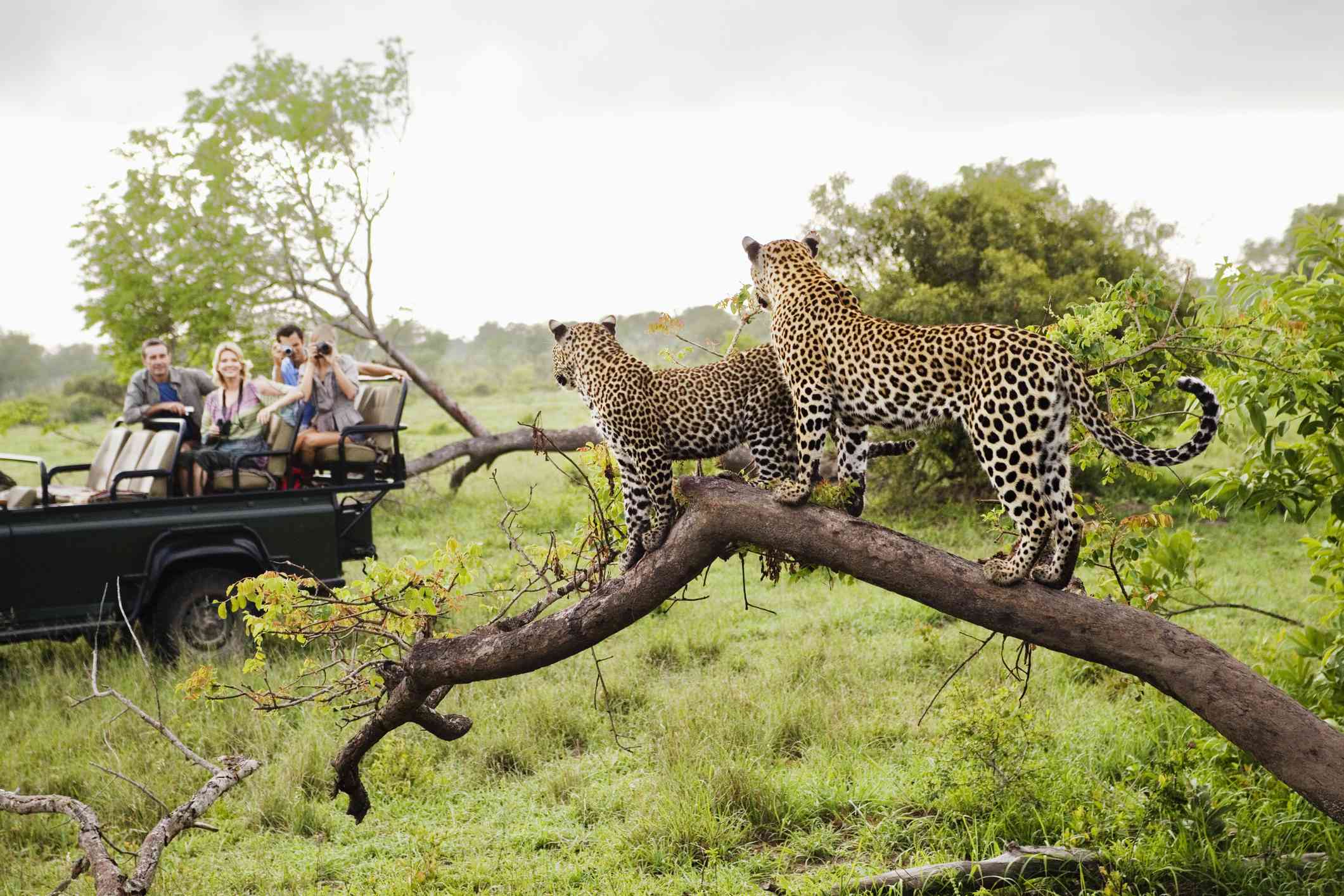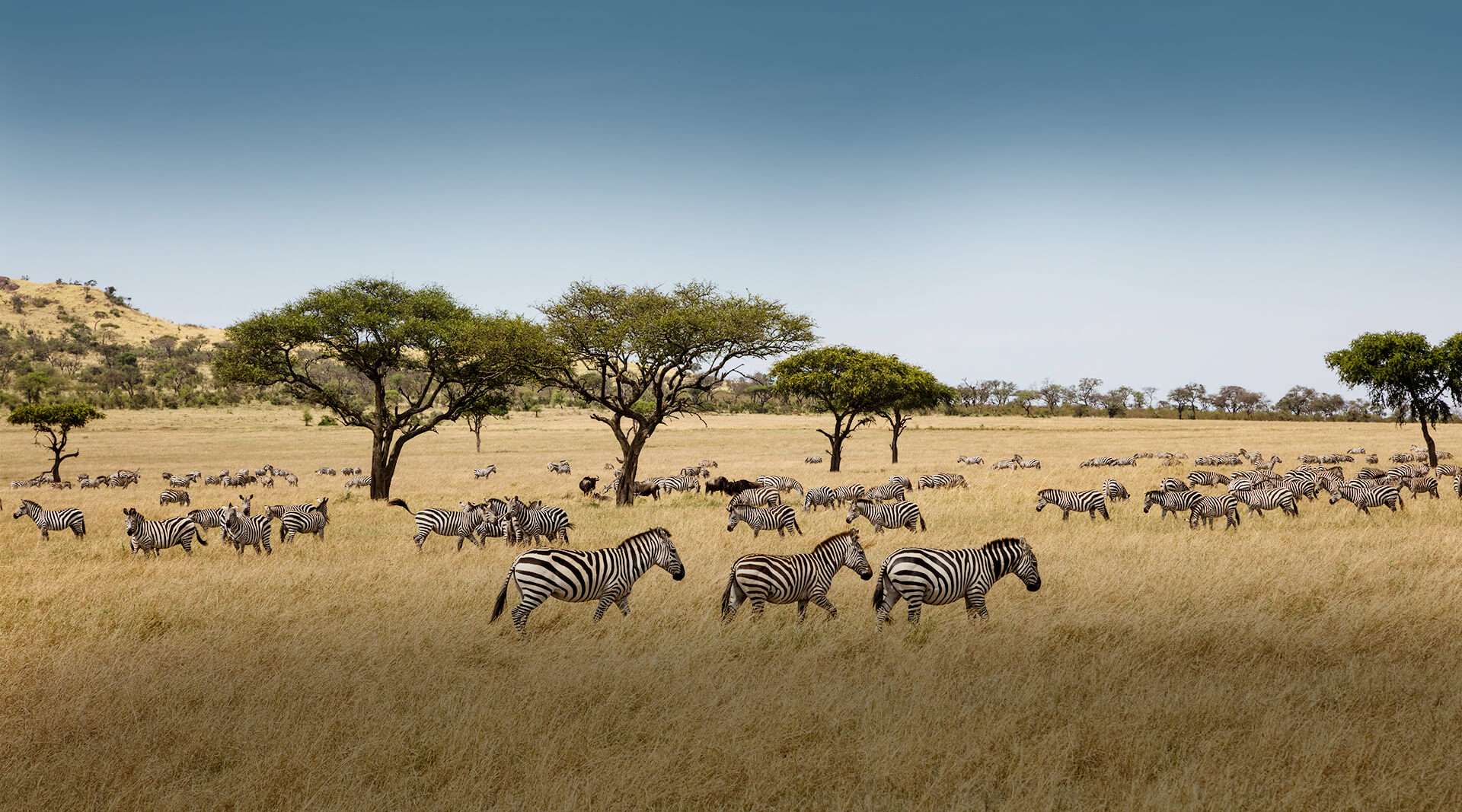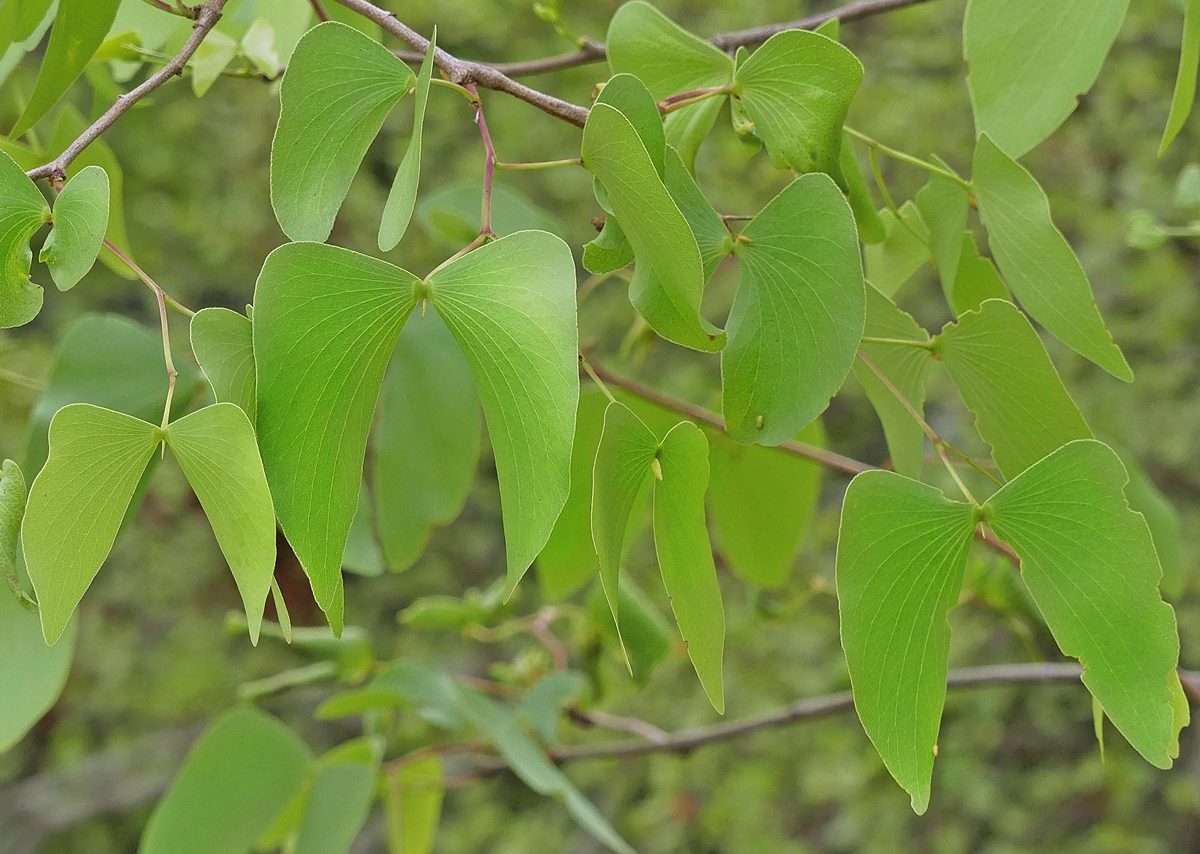Get ready to go wild at Kruger National Park, South Africa! This place is a must-visit for all you adventure seekers out there. Trust me, it’s not your average safari experience.
First of all, let’s talk about the animals. You’ll see everything from majestic lions to adorable little meerkats. And don’t even get me started on the elephants – they’re like giant, wrinkly puppies. Just make sure to keep your distance, we don’t want any unexpected trunk hugs.
But it’s not just about the animals, folks. The landscape here is absolutely breathtaking. It’s like Mother Nature went all out and said, “Let’s make this place extra special.” And boy, did she deliver. From lush green forests to vast open plains, every corner of Kruger National Park will leave you in awe.
Now, I know what you’re thinking – “But what about accommodation?” Fear not, my fellow travelers. Kruger National Park has got you covered. You can choose from luxurious lodges to cozy campsites, depending on your budget and preference. And let me tell you, nothing beats waking up to the sound of birds chirping and the smell of fresh air.
Oh, and did I mention the food? Get ready to indulge in some delicious South African cuisine. And if you’re feeling adventurous, why not try some traditional dishes like biltong or boerewors? Trust me, your taste buds will thank you.
But the best part about Kruger National Park? It’s the perfect place to disconnect from the hustle and bustle of city life. No Wi-Fi, no problem. Just you, nature, and some good old-fashioned quality time. So pack your bags, grab your camera, and get ready for an unforgettable adventure at Kruger National Park. See you there!”

What are the Big Five?
The Big Five refers to the five most iconic and sought-after animals in Africa – the lion, leopard, elephant, rhinoceros, and buffalo. These animals were originally chosen by hunters as the most difficult and dangerous to hunt on foot, but now they are a major draw for tourists visiting national parks like Kruger.
Where to Spot the Big Five at Kruger National Park
Now, you may be wondering where exactly you can see these magnificent creatures at Kruger National Park. Well, the good news is that they can be found throughout the park, so your chances of spotting them are pretty high. However, there are certain areas within the park that are known for their high concentration of the Big Five.
- Skukuza area – This is considered the “capital” of Kruger National Park and is home to a large number of lions, leopards, and elephants.
- Satara area – Known for its large population of buffaloes, this area is also a great spot for seeing lions and leopards.
- Lower Sabie area – This area is famous for its sightings of both black and white rhinos, as well as lions and elephants.
So make sure to plan your game drives accordingly and keep your eyes peeled for the Big Five!
Tips for a Successful Big Five Safari
- Be patient – Seeing the Big Five is not guaranteed, so it’s important to have patience and enjoy the overall experience of being in the wild.
- Go on multiple game drives – The more game drives you go on, the higher your chances of spotting the Big Five.
- Listen to your guide – Your safari guide is an expert and knows the best spots to see the Big Five. Trust their knowledge and follow their instructions.
- Keep quiet and stay still – Loud noises and sudden movements can scare off animals, so it’s important to remain calm and quiet during your game drives.
- Bring binoculars – Some of the Big Five may be far away, so having a pair of binoculars will help you get a closer look.
- Respect the animals – Remember that you are in their territory and it’s important to respect their space and behavior.
Exploring the Different Ecosystems of Kruger National Park
The Savanna Ecosystem
The savanna ecosystem covers the majority of Kruger National Park and is characterized by its grasslands and scattered trees. This is where you’ll find most of the Big Five, as well as other animals such as giraffes, zebras, and antelopes. The savanna is also home to a variety of bird species, making it a paradise for birdwatchers.

The Riverine Ecosystem
The riverine ecosystem is found along the rivers and streams of Kruger National Park. It is characterized by its lush vegetation and provides a vital source of water for the park’s wildlife. Here, you can spot animals such as hippos, crocodiles, and a variety of birds. It’s also a great place for a peaceful picnic or a scenic sunset cruise.

The Mopane Woodland Ecosystem
The mopane woodland ecosystem is dominated by mopane trees and is found in the northern part of Kruger National Park. This area is known for its large herds of elephants and is also home to other animals such as kudus, impalas, and warthogs. It’s a great place to go on a walking safari and get up close and personal with the wildlife.
 Cultural Experiences
Cultural Experiences
Visiting Local Communities
Kruger National Park is not just about the animals and the landscape, it’s also about the people who call this place home. Visiting local communities near the park is a great way to learn about their culture, traditions, and way of life. You can also support these communities by purchasing handmade crafts or participating in cultural activities.
Traditional Dances and Music
One of the best ways to experience the local culture is through traditional dances and music. Many lodges and camps in and around Kruger National Park offer performances by local groups, giving visitors a taste of traditional South African music and dance. It’s a fun and interactive way to learn about the local culture.
Trying Traditional Cuisine
No trip to Kruger National Park is complete without trying some traditional South African cuisine. From braai (barbecue) to potjiekos (stew cooked in a cast-iron pot), there are plenty of delicious dishes to try. And if you’re feeling adventurous, why not try some mopane worms? They may not sound appetizing, but they are a delicacy in this part of the world.
Frequently Asked Questions
When is the best time to visit Kruger NationalPark?
The best time to visit Kruger NationalPark is during the dry season, from May to September. This is when the vegetation is less dense, making it easier to spot wildlife. However, the park is open year-round and each season offers a unique experience.
Do I need a visa to visit Kruger National Park?
If you are a citizen of a country that is exempt from South Africa’s visa requirements, then you do not need a visa to visit Kruger NationalPark. However, it’s always best to check with your local embassy or consulate for the most up-to-date information.
Is it safe to visit Kruger National Park?
Yes, Kruger National Park is generally considered safe for visitors. However, it’s important to follow safety precautions and listen to your safari guide’s instructions while on game drives.
Can I self-drive in Kruger National Park?
Yes, self-driving is allowed in certain areas of Kruger NationalPark. However, it’s recommended to go on guided game drives with an experienced safari guide for a more informative and safe experience.
Are there any age restrictions for visiting Kruger National Park?
No, there are no age restrictions for visiting Kruger National Park. However, children under the age of 12 are not allowed on walking safaris and some lodges may have age restrictions for certain activities.
In Conclusion
Kruger National Park is a truly special place that offers a one-of-a-kind safari experience. From the Big Five to the diverse ecosystems and cultural experiences, there is something for everyone at this amazing destination. So pack your bags, leave your worries behind, and get ready to embark on an unforgettable adventure at Kruger National Park. Happy travels!

